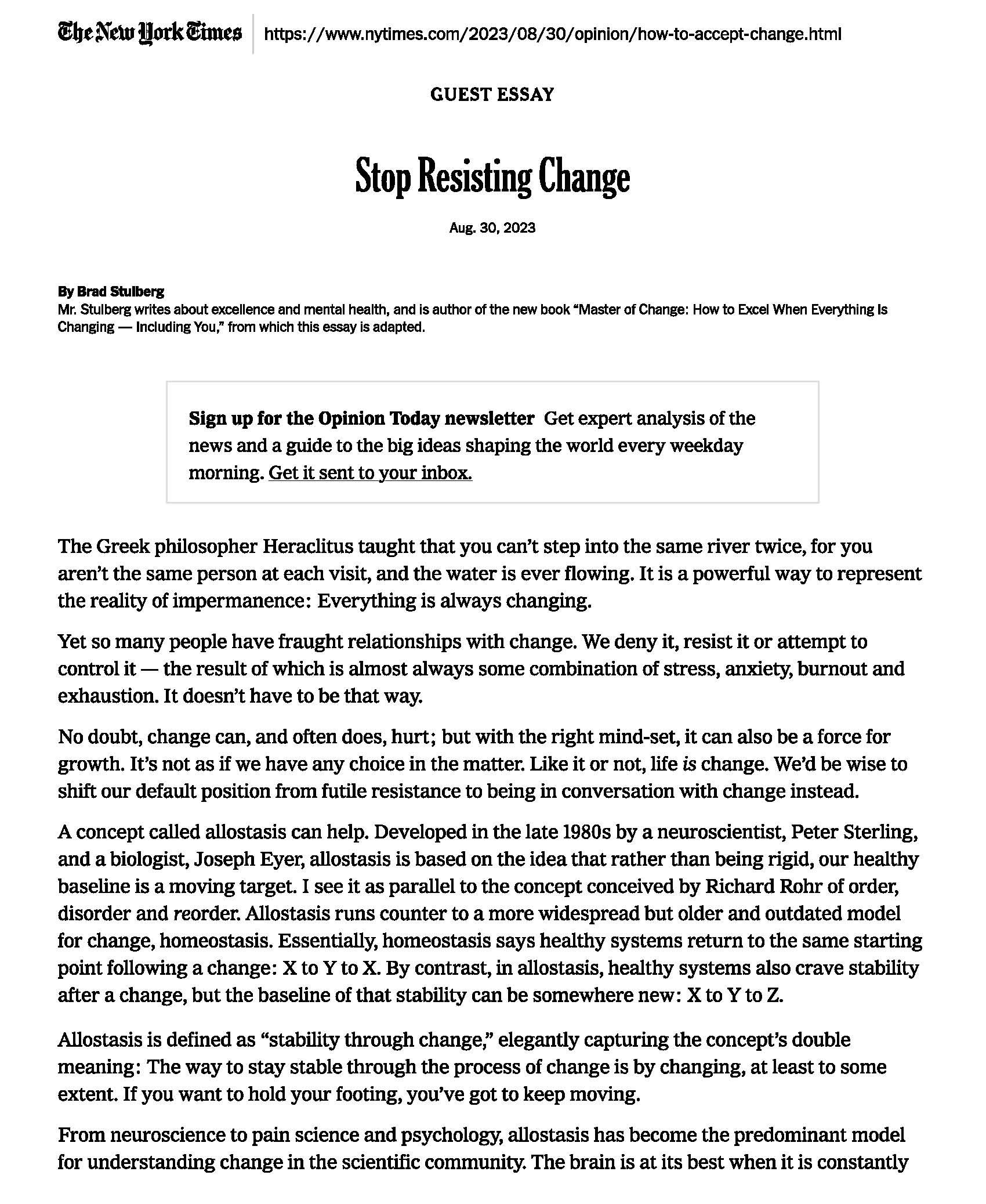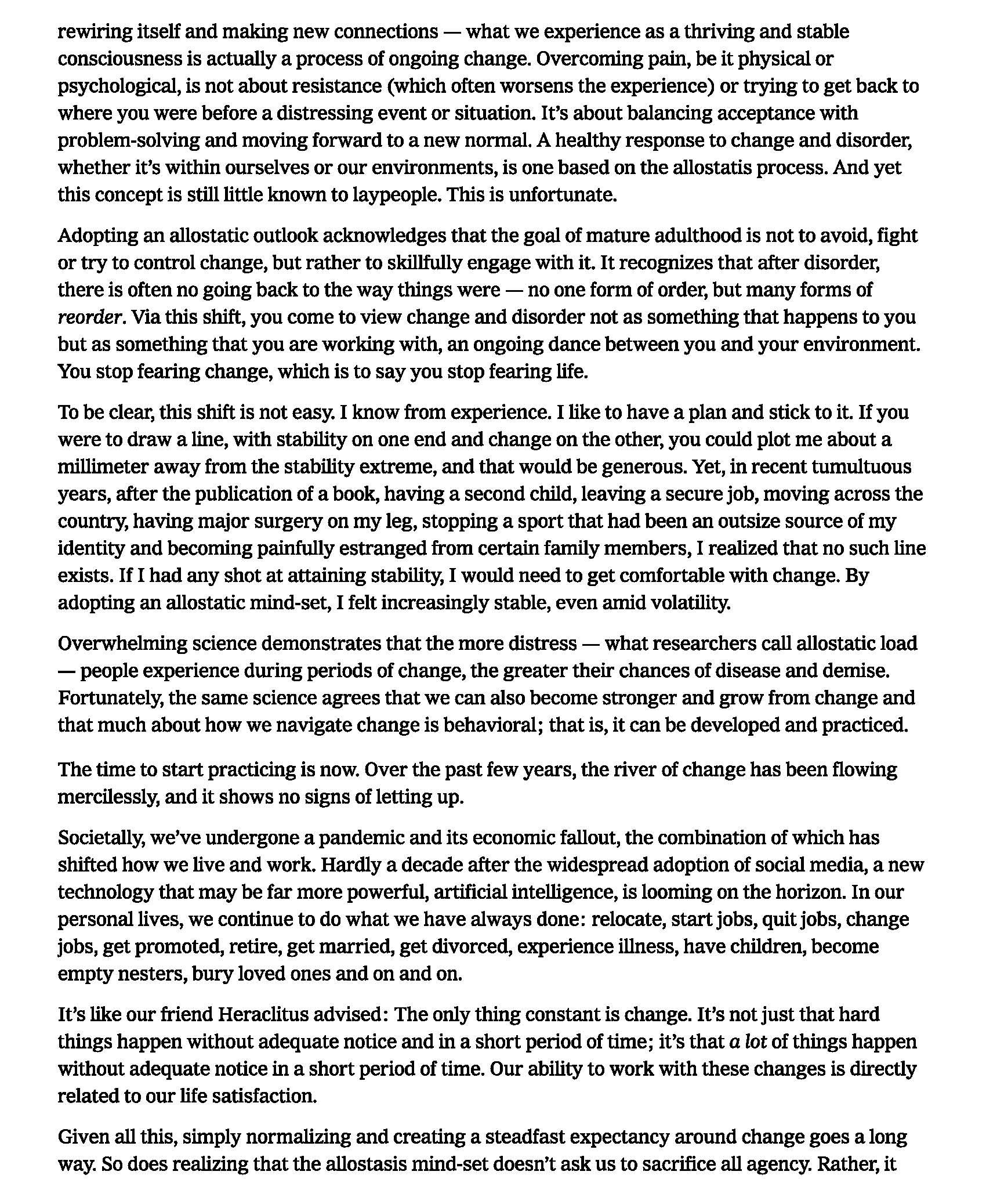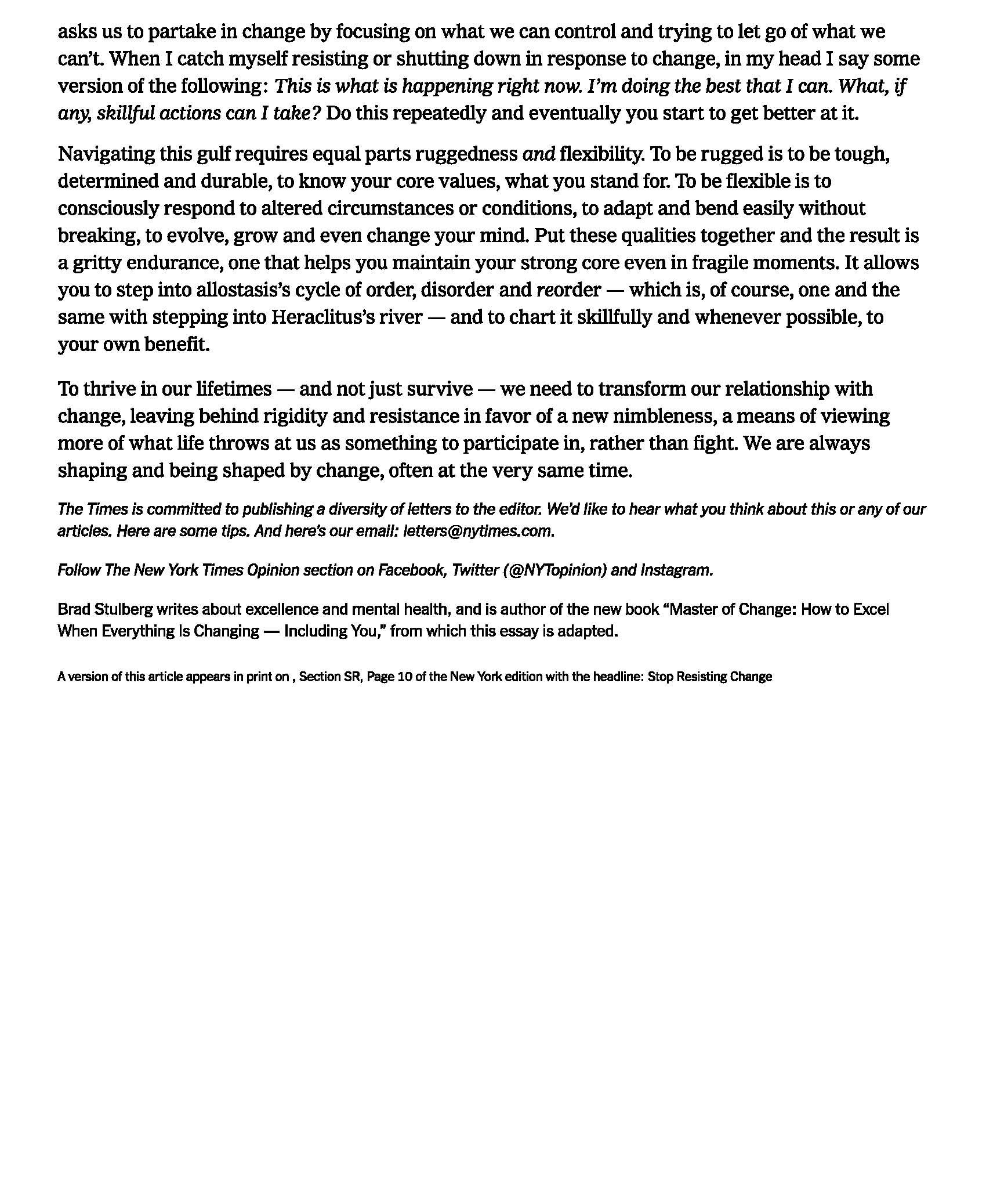We had fun creating an inviting and lively Christmas atmosphere to welcome clients to our office. We listened to live music, enjoyed delicious food and refreshing drinks and had time to socialize in a relaxed setting. If you missed the party - watch for announcements next year and join us!
Christmas Open House 2024
HAPPY CANADA DAY 2024!
Boost Your Business Technology Grant | Get up to $15,000
See the below link for more information
CANADA DAY 2023
Wishing all of our clients a Happy Canada Day!
Review of billions of COVID-19 wage benefits not worth the effort, CRA head says
Review of billions of COVID-19 wage benefits not worth the effort, CRA head says
Written by Bill Curry
Ottawa
Published January 26, 2023
Updated January 27, 2023
Link to the online article:
Canada Revenue Agency Commissioner Bob Hamilton says it is not worth the effort to conduct a full review of more than $15-billion in pandemic wage benefits the Auditor-General has said may have been sent to ineligible recipients.
Mr. Hamilton made his comments on Thursday to MPs on the House of Commons public accounts committee, which is looking into Auditor-General Karen Hogan’s December audit report.
That report said the Auditor-General had found $4.6-billion in overpayments to ineligible recipients. It said an additional $27.4-billion might have been paid out to ineligible people and businesses and should be investigated further. That larger amount includes $15.5-billion for employers that received the Canada Emergency Wage Subsidy (CEWS), which was the focus of Thursday’s hearing.
The CRA said in a written statement in December that it did not agree with parts of the Auditor-General’s findings. Mr. Hamilton expanded on that explanation during a two-hour committee appearance alongside Ms. Hogan.
Mr. Hamilton said the CRA stands by its existing “risk-based” approach to enforcement, in which it reviews a sample of cases it deems most likely to be of concern. Ms. Hogan, meanwhile, told the committee that a more aggressive and expansive review is warranted, given the very limited safeguards that were in place to screen applications during the pandemic.
The CRA is going after individuals who are suspected of fraud, Mr. Hamilton said, but he added that preliminary reviews have suggested that it is not necessary for the agency to focus on the entire $15.5-billion flagged by the Auditor-General.
“In my view, based on what we’ve seen so far, it wouldn’t be worth the effort,” he told MPs. He said later that the CRA employs a “spectrum” of responses to potential violations, ranging from educating taxpayers about their obligations to referring matters for criminal investigation.
“When we see something that’s wrong, we go after it,” he said. “As with all parts of the tax system, we need to have that strong enforcement in cases where people are doing things inappropriately.”
The $15.5-billion figure itself was also a point of contention. Mr. Hamilton said there is “a bit of confusion” around the amount, which he described as an estimate based on sales tax data. He said the agency questions the usefulness of that methodology.
Another critic of the government’s approach to COVID-19 benefits is former Liberal finance minister Bill Morneau, who resigned his post in government in August, 2020. He said in a book released earlier this month that Prime Minister Justin Trudeau and his advisers routinely overruled the recommendations of Finance Department officials and, for political reasons, approved much more generous support payments than necessary.
CEWS, which was paid directly to employers to help cover the costs of keeping employees on company payrolls, accounted for $100.7-billion of the $210.7-billion spent on pandemic benefits. The other payments were primarily sent directly to workers through programs such as the Canada Emergency Response Benefit (CERB) and its successor, the Canada Recovery Benefit.
Ms. Hogan’s report said it appeared that the $15.5-billion was paid to employers that did not meet the program’s requirement that they demonstrate a clear decline in revenue because of COVID-19.
At Thursday’s hearing, she defended her position that the CRA needs to go beyond its usual approach to reviewing whether rules were followed.
“It’s really the amount of work, the extent of work, that we don’t believe is sufficient in order to meet that fairness threshold of treating every taxpayer – whether they be an individual or business – fairly,” she said.
Ms. Hogan said the CRA should clearly identify payments that went to ineligible recipients. After the government identifies those recipients, she said, it can decide whether to attempt to claw the money back, or whether to forgive some of the payments on compassionate grounds.
“I just encourage the government to be a lot more transparent with what they’re doing, and I think they need to do more work,” she said.
Conservative MP Kelly McCauley told Mr. Hamilton he is “aghast” at the agency’s position.
“This is a huge amount of potential money. Who in the CRA is making the decision that we’re willing to risk writing off 15, 20, 25 billion dollars of taxpayers’ money?”
Mr. Hamilton defended the CRA’s position.
“I think we are doing the work that’s necessary to uncover where there are risks and where there is money,” he responded.
Toward the end of the hearing, Liberal MP Brenda Shanahan expressed support for the CRA’s approach.
“I, for one, am feeling very reassured,” she said.
In Mr. Morneau’s book, Where to From Here, he provided previously unknown details of the behind-the-scenes work leading up to the March 27, 2020 announcement of CEWS.
He wrote that he and other Finance Department officials worked through the night to deliver a recommended program to the Prime Minister’s Office. Then, he recalled, Mr. Trudeau announced CEWS using “a figure significantly higher than we had agreed was the highest we should go the previous evening! It was one of the worst moments of my political life.”
Mr. Morneau described this as a scenario that repeated itself with many of the emergency support programs announced during the pandemic. He also criticized the generosity of CERB payments to individuals, noting that $500 a week would exceed the regular take-home pay of many part-time workers in low-income jobs.
“I wanted to be generous, but the PMO’s figures, chosen with no regard for our detailed calculations and justifications, meant we would be distributing billions of dollars more than was actually needed under the circumstances,” he said in the book.
“Calculations and recommendations from the ministry of finance were basically disregarded in favour of winning a popularity contest.”
Christmas Open House 2022
WE REMEMBER
Business Matters April and June 2022
Dear Client:
Business Matters
Attached are the April and June/22 editions of Business Matters.
APRIL 2022
The first two articles in the April edition deal with personal finance items – buying/owning a vehicle and discussing finances as a couple.
Owning a Vehicle
The vehicle ownership article has a great discussion about costs. Key quote from page 2 near the bottom “that means the longer you can keep a car running on the road in good condition, the less you will end up spending.”
Tough Financial Talks
“Turn those tough financial talks into united lifelong goals” by having meaningful conversations with your partner about money. Fund out how to do this by reading the article.
Can We Issue a Charitable Receipt?
We are a not-for-profit organization. We know of a great cause that needs our support. How can we hold a fundraising event, issue charitable receipts and not be offside with Canada Revenue Agency? The Tax article on pages 5 and 6 will go a long way to answering all of your questions. A must read for Board members of charities and not-for-profits.
Self-Employment
We have many unincorporated, self-employed clients. The Tax article on pages 7 and 8 provides a very good discussion of issues that individuals will face in their first year of being self-employed. One item not discussed is Canada pension plan contributions (CPP). The CPP contribution rate is basically 10% of net income greater than $3,500. CPP can often amount to more than income tax in the first year or two of operating a business.
JUNE 2022
The high cost of housing especially for first-time home buyers has been a hot topic for politicians, economists and others for many years. There were two new proposals in Budget 22:
First Home Savings Account – this is an entirely new concept. Search online for details or read the article.
Doubling the first-time home buyers’ tax credit amount to $10,000 – cash savings $1,500
Programs that existed before Budget 22 and continue to be in effect:
RRSP Home Buyers’ Plan
First-time Home Buyer Incentive
GST/HST rebate on new homes
Rebates of land transfer taxes (not in Manitoba)
Personal tax measures in Budget 22 included the following:
Multi-generational home renovation tax credit
Home accessibility tax credit
Labour mobility deduction for tradespeople
Small expansion to the type of expenses eligible for the medical expense tax credit
Higher tax rate on income earned by “flipping” property
There were also a number of Corporate tax changes most of which were very specific. Details are on pages 5 and 6 of the attachment.
Death and Taxes
This article is good at explaining the income tax consequences if you die with a surviving spouse, without a surviving spouse and without a will. Read on.
Estate Planning
The final article concerns Estate Planning – wills, power of attorneys, executors, life insurance, trusts, etc. The goals are to minimize income tax and allow for as smooth a transition as possible.
That’s it!
All the best as we transition from summer to fall.


















